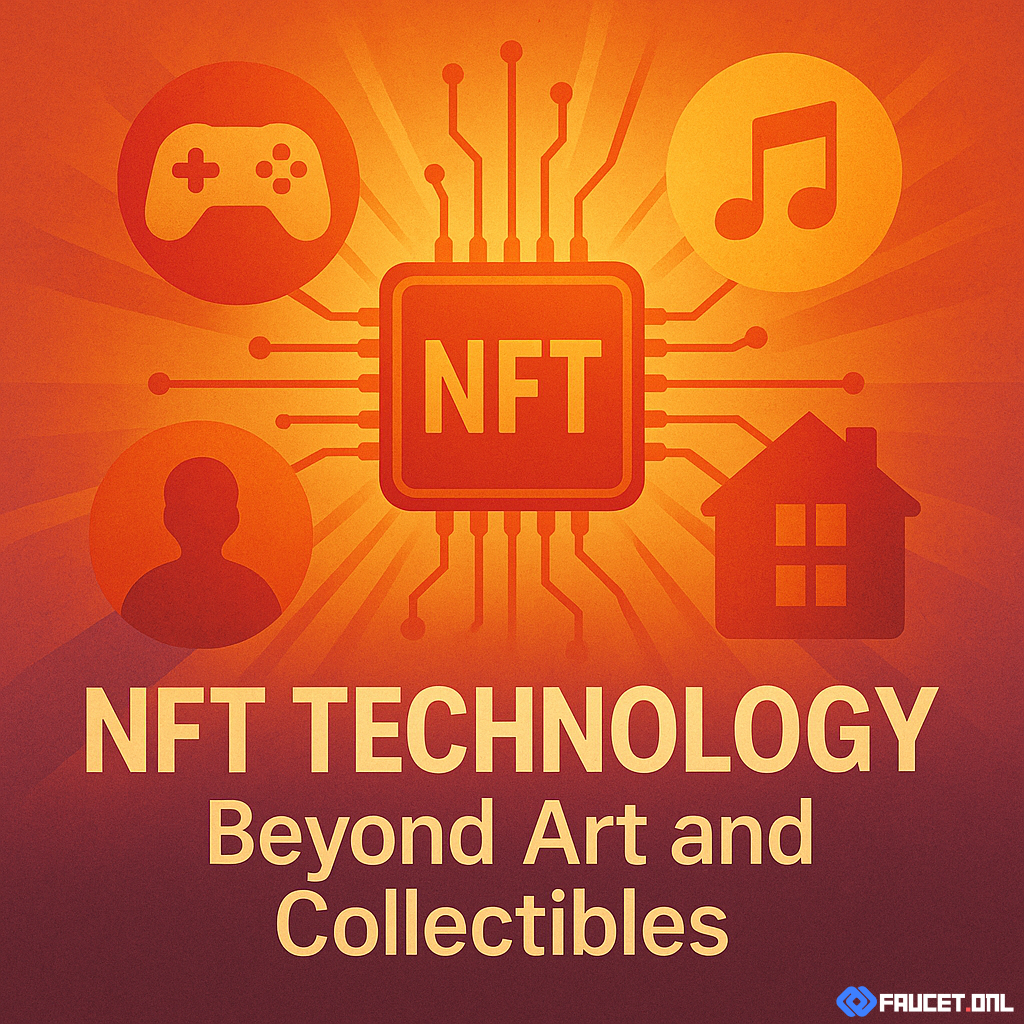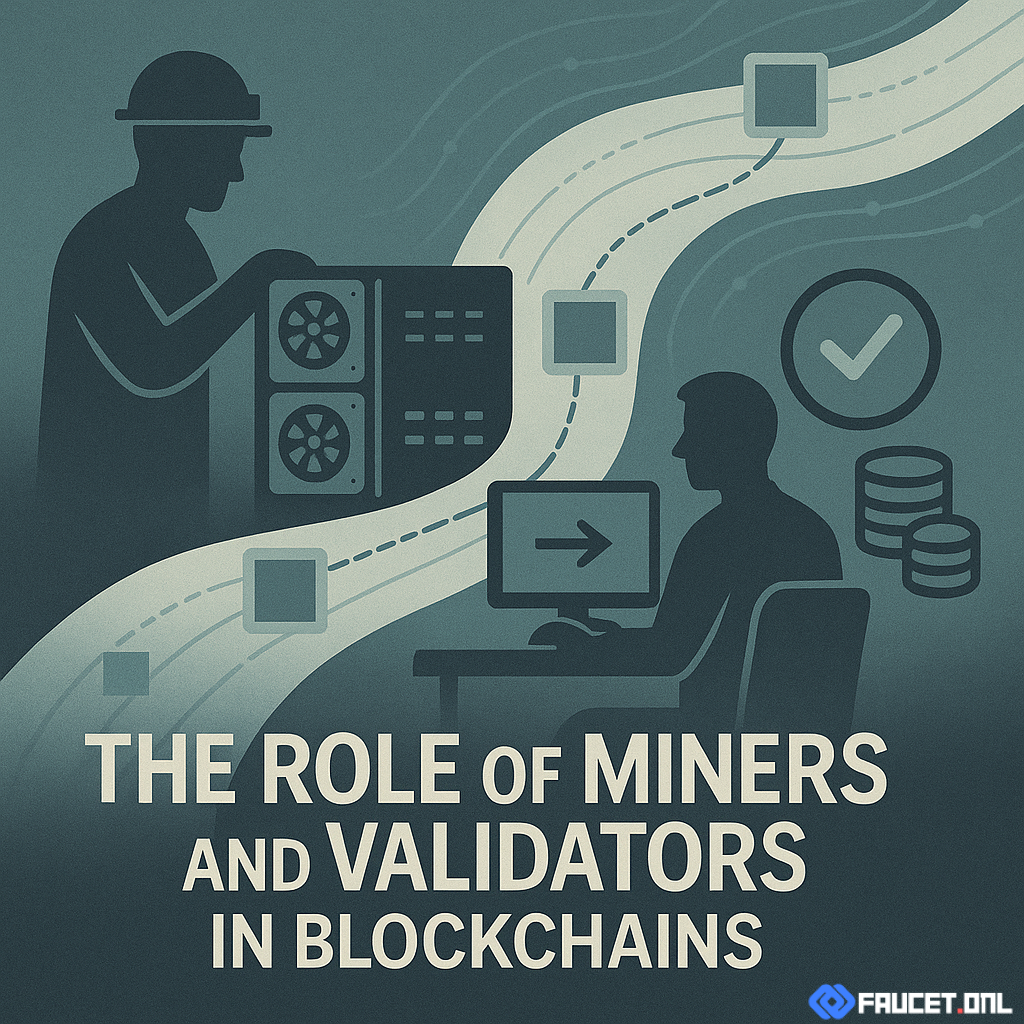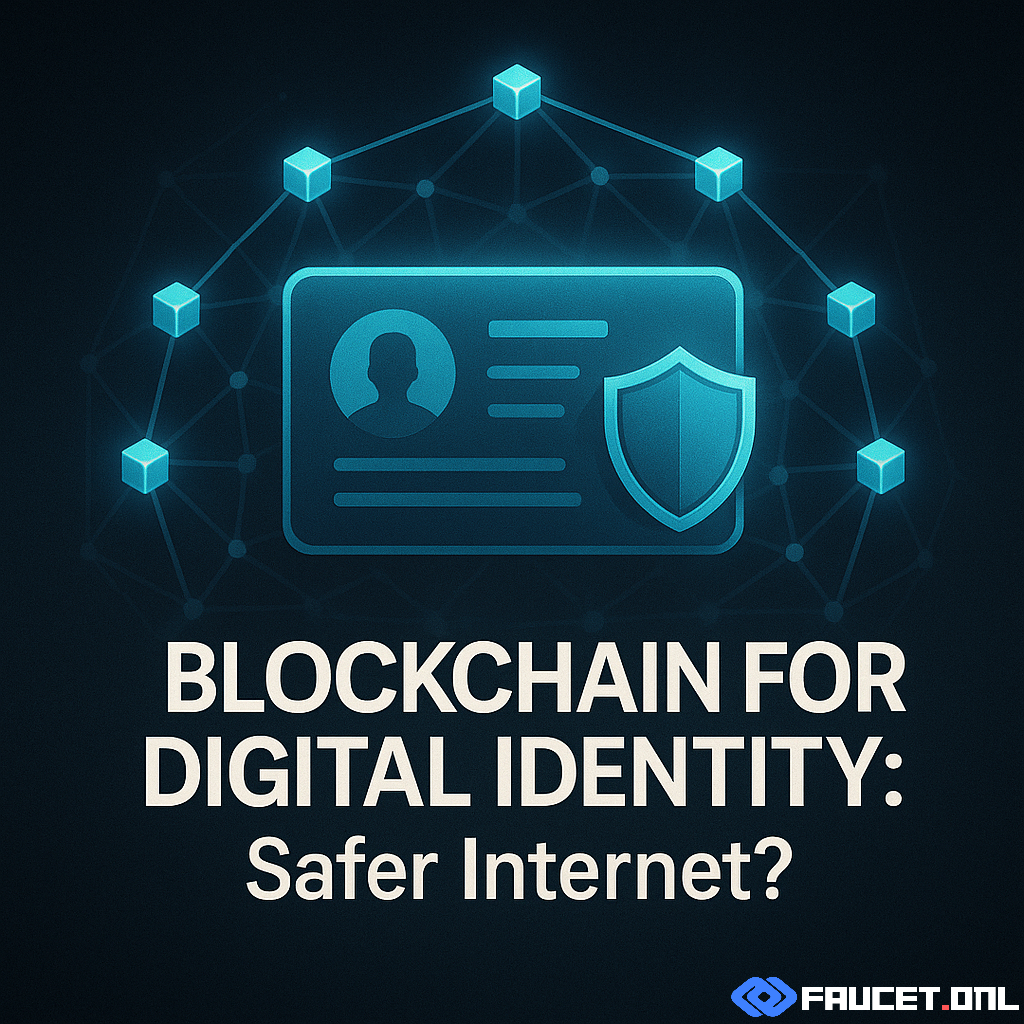NFT Basics: What Makes an NFT Unique?
NFTs, or non-fungible tokens, are digital assets secured by blockchain that represent unique ownership of a specific item or piece of data. Unlike cryptocurrencies such as Bitcoin or Ethereum, which are interchangeable, each NFT is distinct and cannot be replicated. This uniqueness is enforced by smart contracts, with ownership and transaction history transparently recorded on the blockchain. While NFTs gained fame through high-profile digital art sales and collectibles like CryptoPunks, their technology underpins a much broader spectrum of use cases.
Beyond Art: Expanding the NFT Universe
NFTs are moving far beyond digital art and collectibles, unlocking innovative solutions across industries:
- Gaming: NFTs power true ownership of in-game assets—such as characters, weapons, or skins—which can be traded or moved across different games and platforms. Projects like Axie Infinity and The Sandbox are pioneering new economies built around player-owned assets.
- Music and Entertainment: Musicians and creators are using NFTs for ticketing, fan experiences, and direct royalties, offering unique content or VIP access to token holders.
- Real Estate: Virtual real estate platforms (e.g., Decentraland, Cryptovoxels) use NFTs to represent land parcels, while real-world property rights are starting to be tokenized for more efficient, global transfers.
- Identity and Credentials: Universities, companies, and governments are experimenting with NFTs for digital diplomas, certificates, and ID verification, enabling instant, tamper-proof proof of achievement or authority.
- Supply Chain and Product Tracking: Brands are deploying NFTs to track authenticity, origin, and ownership of luxury goods, rare items, and even food products.
These examples illustrate how NFT technology is building new forms of trust, transparency, and interaction that extend well beyond art.
How NFT Technology Works
At their core, NFTs are powered by blockchain smart contracts—typically on networks like Ethereum, Polygon, or Solana. When an NFT is minted, a unique token ID and metadata are registered on-chain, often linking to external files or digital content via protocols like IPFS (InterPlanetary File System). The smart contract defines ownership, transferability, royalties, and additional rules for each NFT.
The interoperability of NFTs enables them to function across platforms and ecosystems. Open standards, such as ERC-721 and ERC-1155, have allowed marketplaces, wallets, and applications to build a thriving NFT economy. However, the metadata and media files are sometimes stored off-chain, introducing questions about long-term permanence and security.
- Smart Contracts: Enforce NFT rules, track provenance, and automate royalties.
- On-chain vs. Off-chain Data: Core token info is on-chain, but images/files may reside off-chain, impacting durability.
- Interoperability: Cross-chain bridges and multi-platform wallets are advancing, making NFTs more versatile.
Challenges in the NFT Space
Despite rapid innovation, NFTs face ongoing challenges:
- Scalability & Fees: Popular blockchains like Ethereum can become congested, driving up transaction (gas) costs and slowing the user experience.
- Copyright & Legal Uncertainty: Questions remain about what exactly NFT ownership means, especially when tied to off-chain assets or third-party rights.
- Security & Fraud: Phishing, rug pulls, and counterfeit NFTs are real risks, demanding better user education and platform safeguards.
- Longevity of Linked Content: Off-chain storage creates uncertainty around the permanence of the actual asset tied to an NFT.
- Environmental Impact: Some blockchains’ energy use has raised sustainability concerns, though the move to Proof of Stake (PoS) is improving the outlook.
Future Trends: Where Are NFTs Headed?
The next wave of NFT technology is focused on expanding utility, interoperability, and accessibility:
- Dynamic & Programmable NFTs: NFTs that change over time or in response to events—used in gaming, finance, or as digital twins for physical products.
- Integration with IoT & AI: Combining NFTs with smart devices and AI will enable new forms of authentication, automation, and personalized experiences.
- Enterprise & Institutional Adoption: Major brands, universities, and governments are experimenting with NFT-backed credentials, licensing, and loyalty programs.
- Green NFTs: Eco-friendly platforms and standards are reducing the environmental footprint of NFT minting and trading.
- Cross-Chain Ecosystems: Improved cross-chain solutions are making NFT assets usable across multiple blockchains and platforms.
For NFT enthusiasts, the space is moving toward a future where NFTs represent not just art or collectibles, but any form of unique ownership or proof in the digital (and physical) world.
Conclusion
NFT technology is much more than a trend for digital art collectors—it’s a foundation for the next era of digital ownership, utility, and innovation. By looking beyond art, NFT enthusiasts can tap into an expanding universe of opportunities and help shape how we interact with assets, identities, and experiences online.



